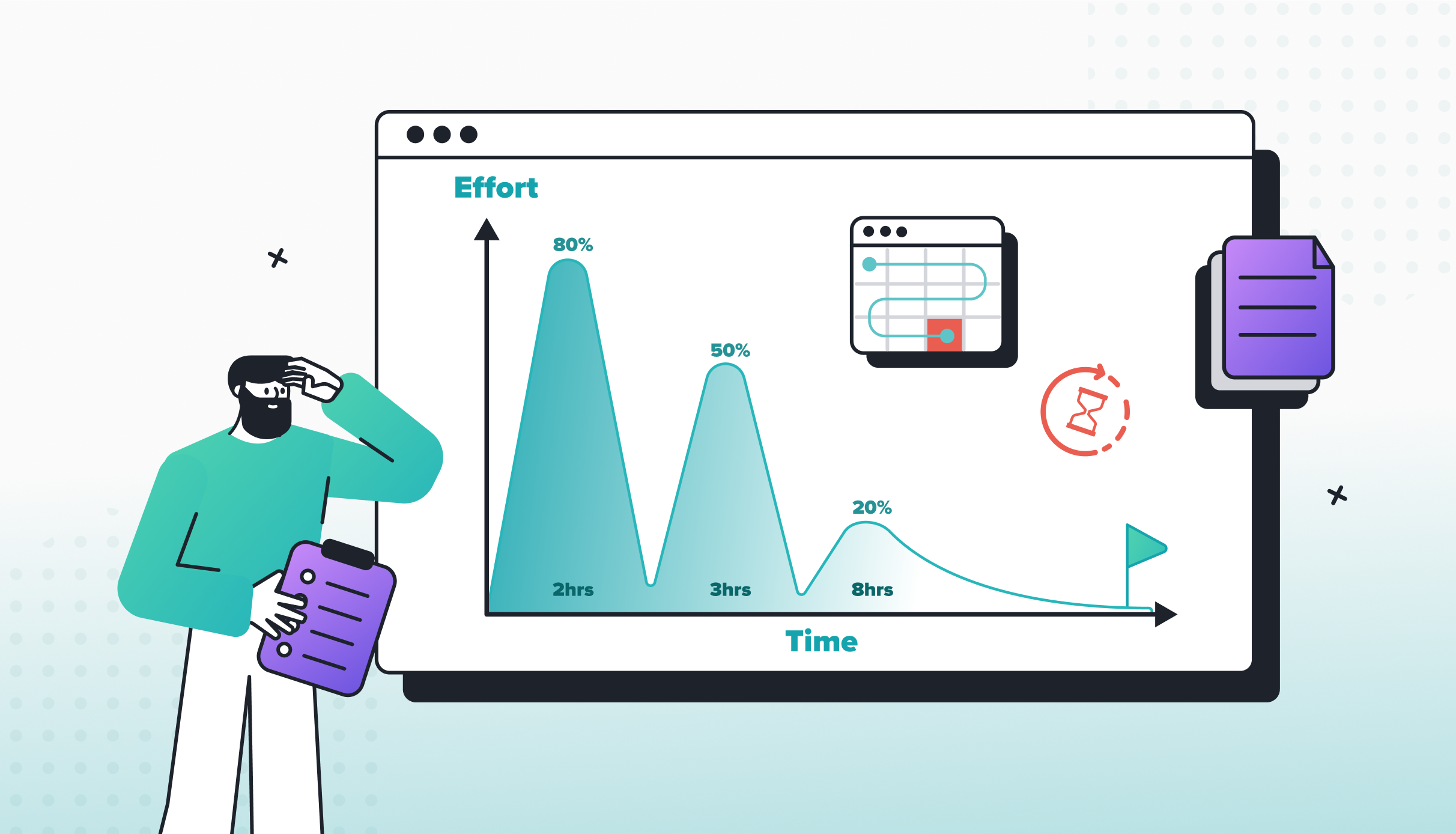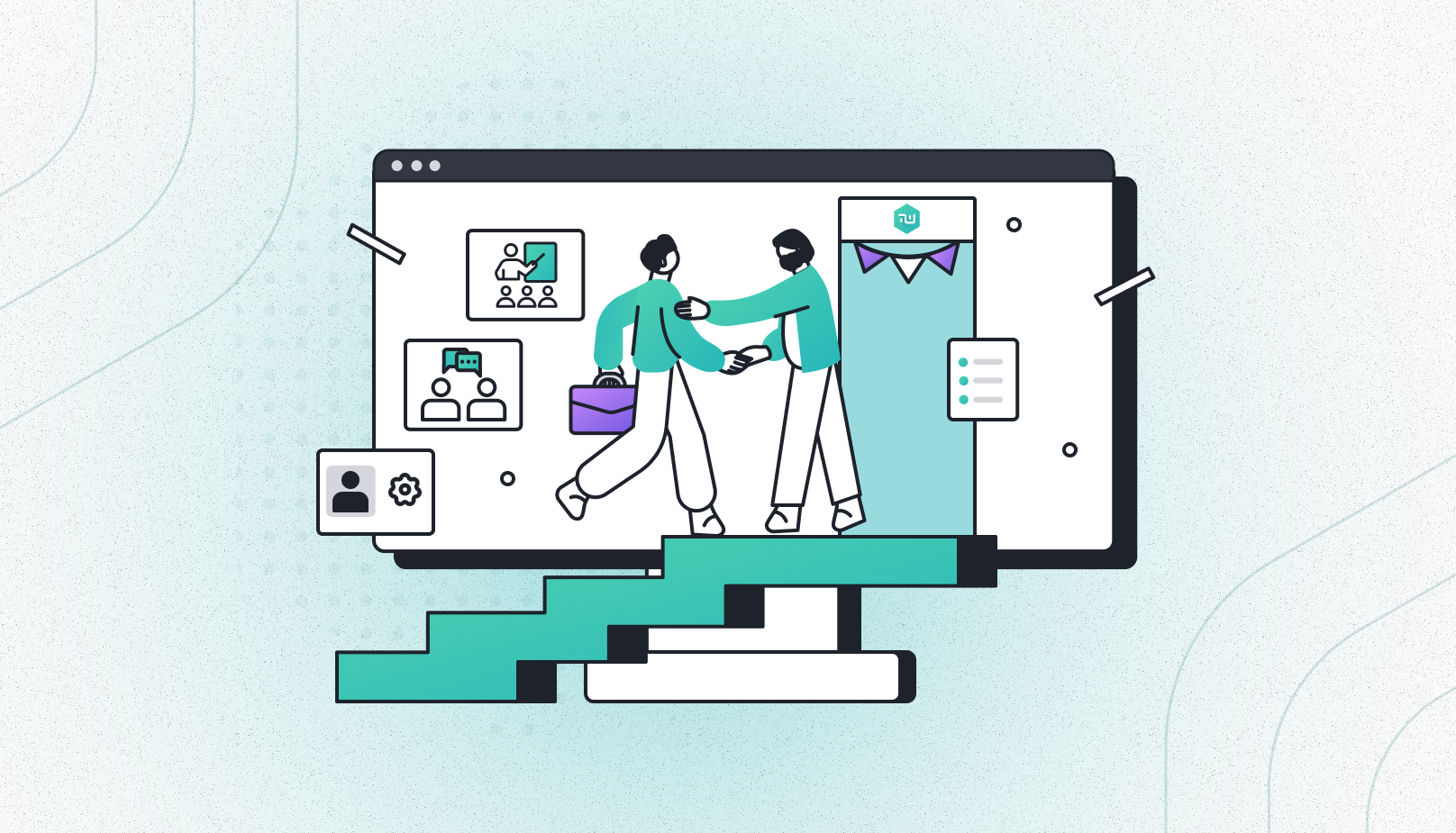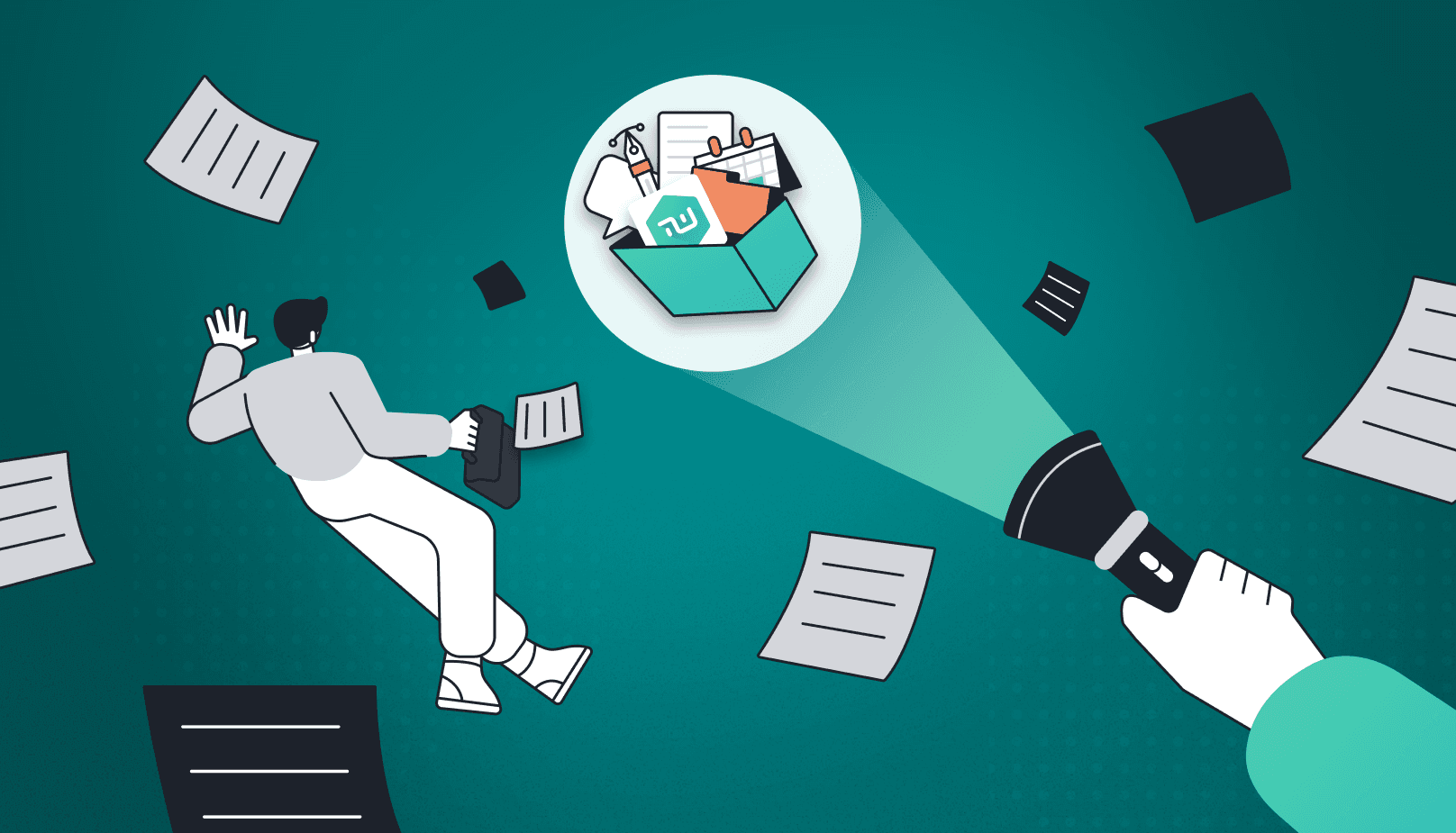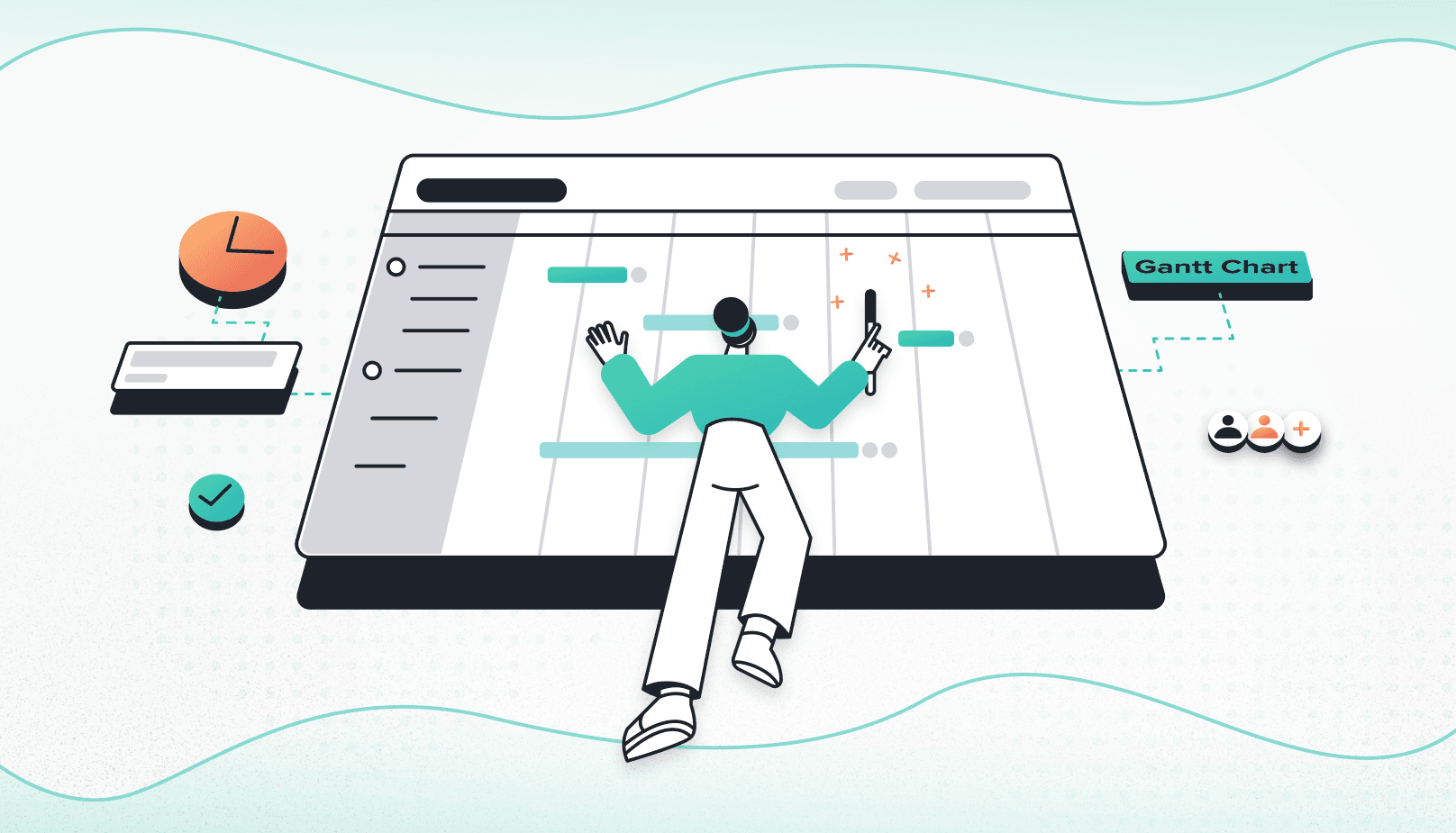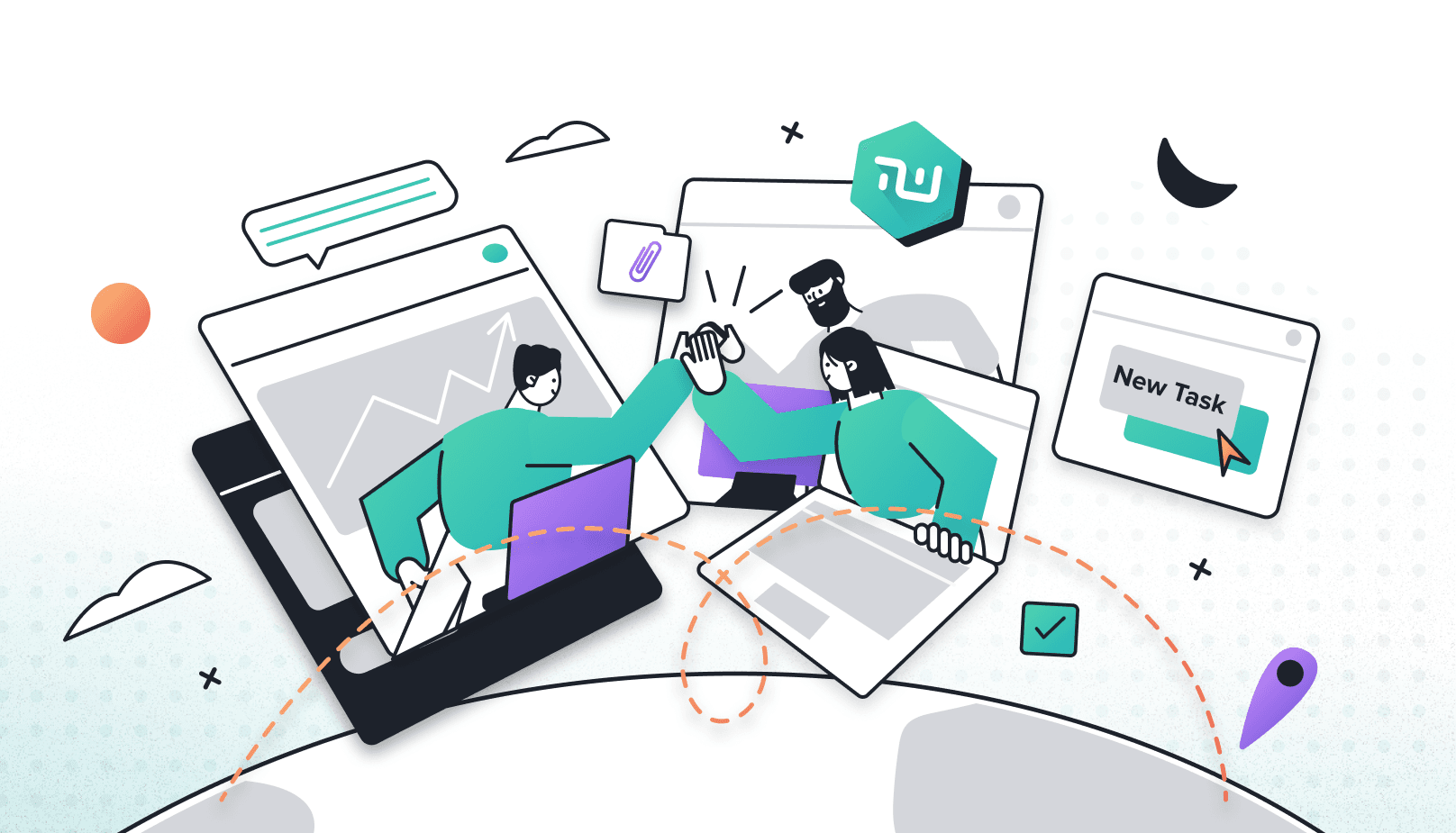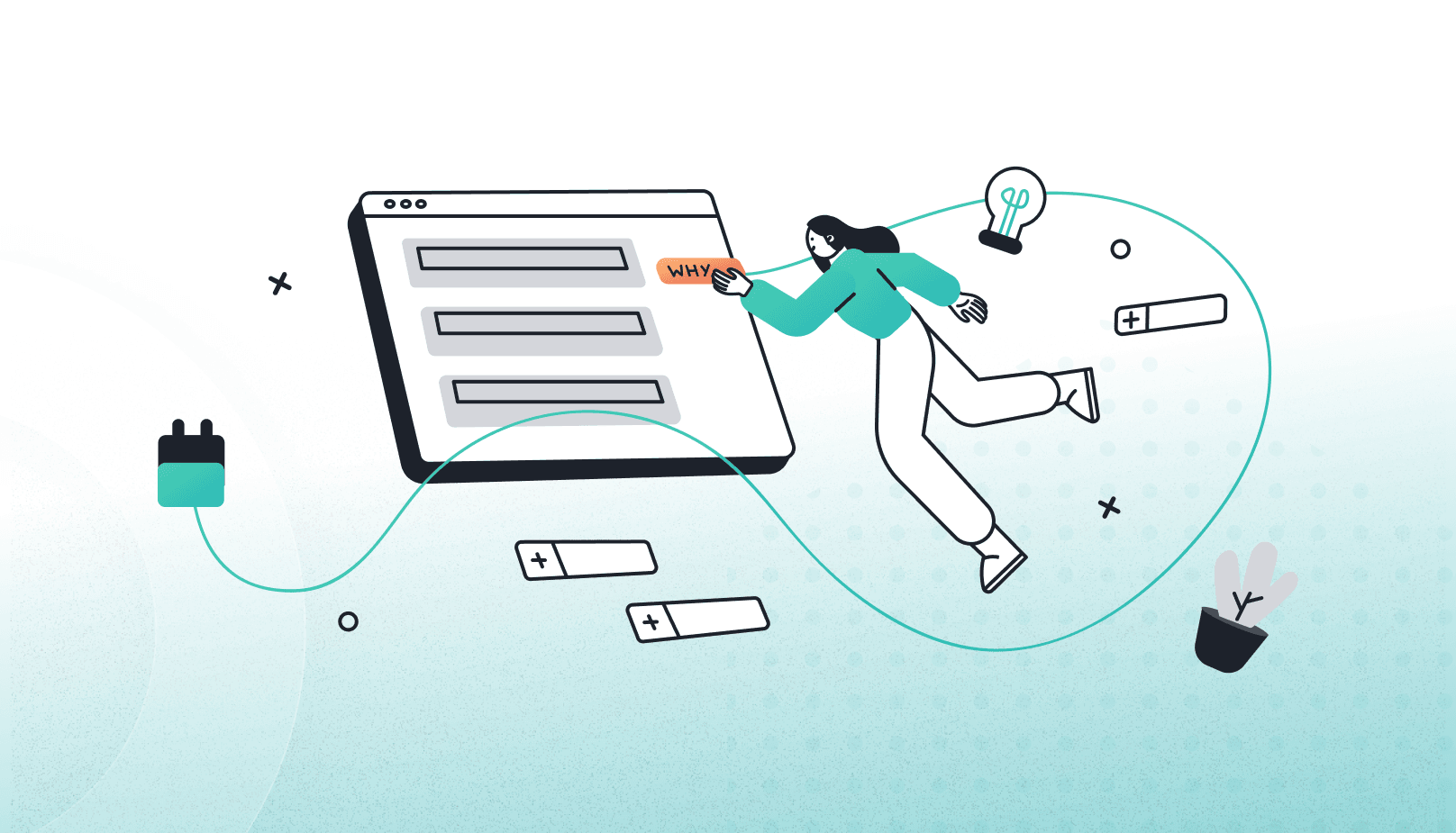
Will You be Doing Everything With ChatGPT By 2024 - Probably Not
If you have been online anytime since last December, you’ve probably seen mention of ChatGPT. Even though the application was only recently launched to the public at the end of November, the long-form question-answering AI has taken the world by storm.
ChatGPT has captivated the journalism community. Articles keep coming out with sensational claims like “the most important tool since modern search engines,” “ChatGPT is going to put us out of a job,” “the beginning of AI cybercrime,” and “Alarmed by AI Chatbots, Universities Start Revamping How They Teach.”
Some pretty wild claims!
But do these articles have any truth to them? If you haven’t really dug into the phenomenon yourself and have only seen the headlines in your feed, it would be easy to assume there must be something significant going on. Where there’s smoke, there’s fire, right?
So, let’s dive in and unpack this viral sensation. We’ll look at what it is, who’s behind it, how it’s being used, any drawbacks, and if you should dust up your resume before an AI bot replaces you.
Also, before we get started, we need to make a disclaimer. Unlike many ChatGPT articles, we will not be using ChatGPT to write the article to make some kind of point 🙂
(If you’ve read any articles about ChatGPT, chances are they let the AI bot “write” the paper for them to show off its capabilities. We’ve not done that…or have we?)
What is ChatGPT
ChatGPT is a long-form question-answering AI. Think of the chatbots you interact with on some companies’ websites, but on steroids. It has the ability to give human-like responses, seemingly interacting in conversational dialogue with the user.
ChatGPT can answer follow-up questions from users, challenge incorrect prompts, reject inappropriate questions, and own up to its mistakes. This is because it was trained using more than 300 billion words.
If it’s just a chatbot, what makes ChatGPT unique
The GPT in the name stands for Generative Pre-training Transformer, which is what makes this “chatbot” so unique. This is how this AI processes language.
Unlike the old chatbots we’ve interacted with in the past, ChatGPT was trained using reinforcement learning from human feedback (RLHF).
What makes it truly special, however, is its user interface. Instead of needing to know complex coding or specialized language, users can interact with ChatGPT through a simple, plain textbox. Despite its incredible power, it is strikingly easy to use.
What do you mean trained?
ChatGPT is a large language model (LLM). LLMs are “trained” using vast amounts of data to learn to predict the next word in a sentence. Think your phone’s autocomplete feature, but to a mind-bending degree.
Basically, to train ChatGPT, human trainers fed it more than 570 gigabytes of text data. That might not sound like much, but we’re talking text documents, not photos or videos. They fed it over 8 million websites and blogs, any classic books in the public domain, and even things like Reddit discussions to help it learn natural language styles.
The RLFH the creators employed also helped it learn what humans expect when asking questions. So, it learned to do more than simply predict the next word in the sentence.
Who created ChatGPT
ChatGPT is the brainchild of OpenAI. You’ve probably already heard of this San Francisco-based AI and research company. They’re responsible for DALLE-2, one of the viral AI art image generation programs in use seemingly everywhere, and also Whisper, an automatic speech recognition system.
That’s good news for users. For one, this team has a proven track record and really seems to know its AI algorithms. Secondly, they’re based in the US and subject to more rigid data standard laws than some other, less transparent AI releases.
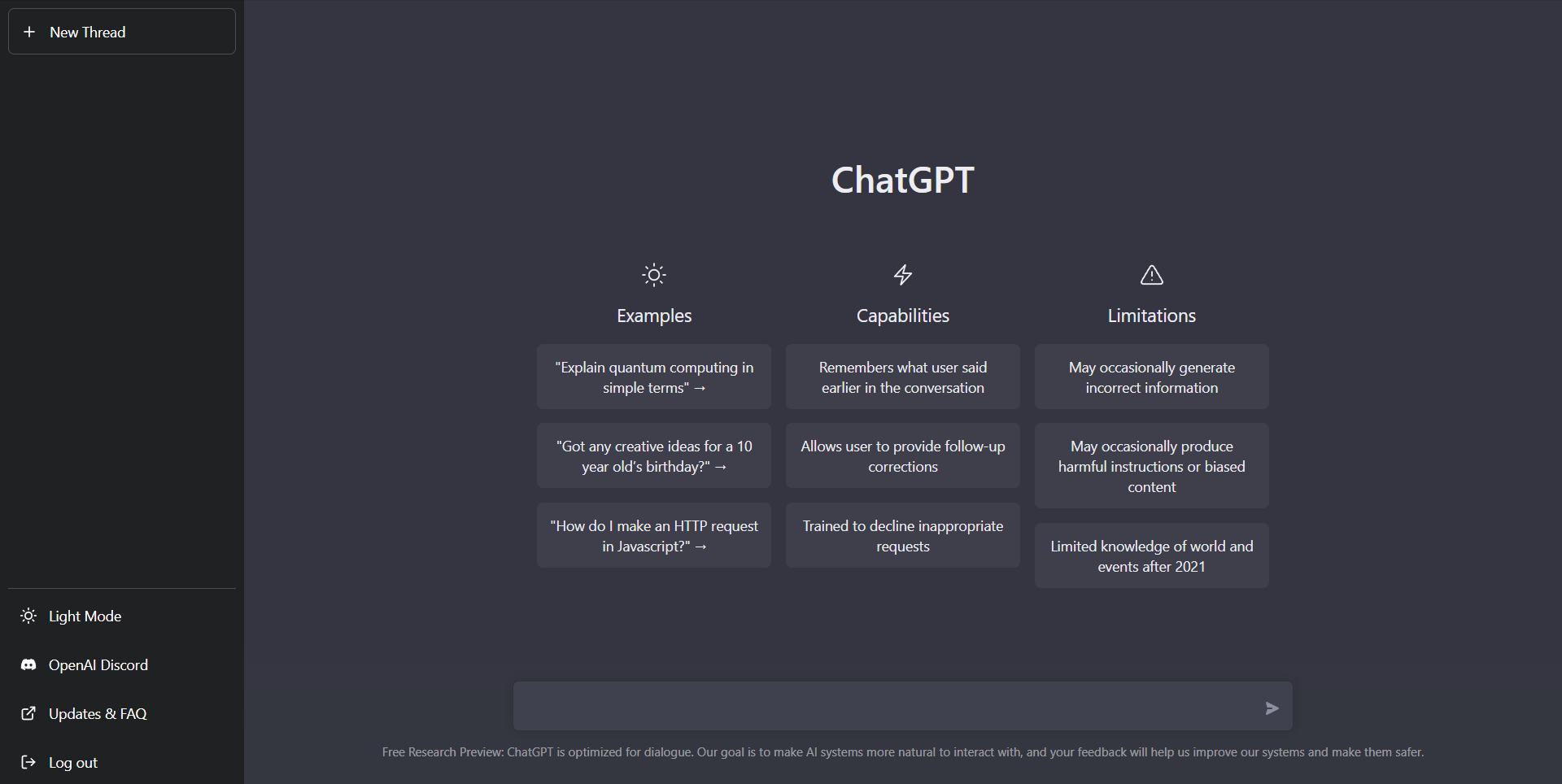
How are people using ChatGPT technology?
Another big part of why ChatGPT is being talked about virtually everywhere is the crazy amount of things this “chatbot” can accomplish.
Of course, the first thing many used it for was customer service. It was clearly head and shoulders over older chatbots that provided canned answers.
But then, people started discovering it could do so much more.
Like, it could do things no one was predicting.
So far (and this is only in two months of public access), it’s been used to:
- Create an entire functioning Linux terminal
- Debug and write code
- Play games like tic-tac-toe
- Write python code
- Write song lyrics with accompanying chords on the guitar
- Translate other languages
- Replace Google searches
- Write jokes
- Break down complex subjects and give simple answers
- Give relationship advice
- And more
Are there any downsides to using this technology?
With the way most people are writing about ChatGPT, you’d be forgiven for thinking it was some blessed development that would instantly change the world.
It’s in our nature to be captivated by new developments and possibilities. However, sometimes this rush to grab onto the new causes us to overlook the downsides associated with the latest technologies. And with ChatGPT, several downsides emerge as we become more familiar with the technology.
Some are downsides are inherent in the technology itself:
- It requires significant processing power to run it, and therefore will not suit many environments
- Because it uses machine learning, it can often provide nonsensical answers
- It might get your content flagged because there’s already software out there that will detect AI-generated articles (there’s a significant chance this type of screening software will be used in the future by Google to devalue AI-generated content and favor human-created articles)
- It only has access to the information it’s trained on, cannot look up answers, and can make mistakes.
- Its answers are learned from training, so all answers still must be checked by a human for accuracy, relevance, and freshness.
And some more serious concerns are down to how it can be used
- There are privacy concerns because it stores and uses old chat messages to “learn,” so it could inadvertently use text from a sensitive conversation.
- It has been used by hackers to generate phishing emails and even provide instructions for complex hacks to those with zero hacking experience
- Schools have blocked it already due to students using the technology to write their college essays, take tests, etc.
- One user could circumvent current safety checks and get ChatGPT to tell him the formula for making Molotov Cocktails.
So, are we all out of a job?
ChatGPT is significantly better and so much more feature-packed than past “chatbots.”
Despite the claims of the many clickbait articles flooding our feeds, declaring the death of copywriting, customer service, and even software engineering, we’re all safe for now.
Thankfully, for those in these industries, ChatGPT is still a bit buggy and prone to errors. It’s also limited to what was put in around two years ago. Which might not sound like much. But with how fast technology and humans are advancing, that leaves anyone doing anything recent without articles to build on. It’s undoubtedly a HUGE leap forward. But not the final step.
ChatGPT is truly an amazing accomplishment in AI algorithmic development. And as incredible as it is, it’s still in beta!
But no one knows how well the errors can be corrected. So far, a human touch is still required to check the output. Most see it as a quick first pass for something non-essential, like a first draft to a coworker (that you still need to copyedit).
Plus, no one knows where the final product and pricing will land. The creators have themselves acknowledged it’s currently untenable as is.
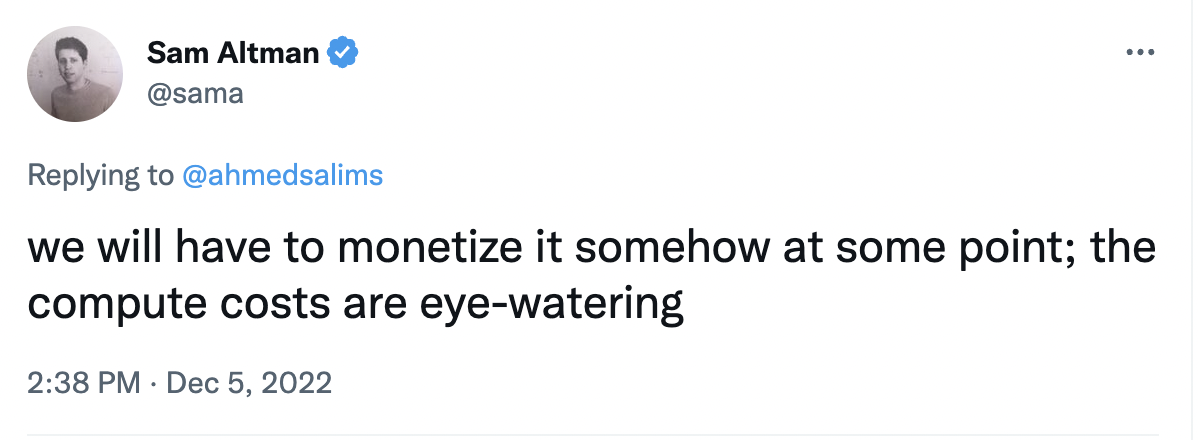
We’re safe…for now
So, absolutely go explore this fascinating technological development for yourself. Its full power is still being studied, and thousands of untapped unique uses are undoubtedly undiscovered.
However, we should all calm down on the hyperbole. In its current state, it’s not going to replace human jobs just yet. Our jobs seem to be safe...for now.
It’s simply another piece of technology that assists what we’re doing. Like our task management software, it still ultimately needs our input. Taskworld makes it easier to remember what we’re doing throughout the day, but the users are still ultimately responsible for completing the tasks.
But again, this is only 3.5 (and still in beta at that). Who knows what leap forward 4.0 will bring? New technology is exciting because there are so many possibilities. We’ll certainly be keeping our eyes on ChatGPT and other exciting new technologies here at Taskworld and looking to see how we can use or adapt their uses to help streamline your productivity.
